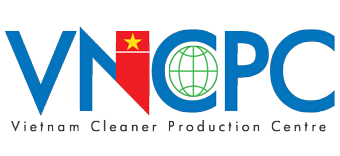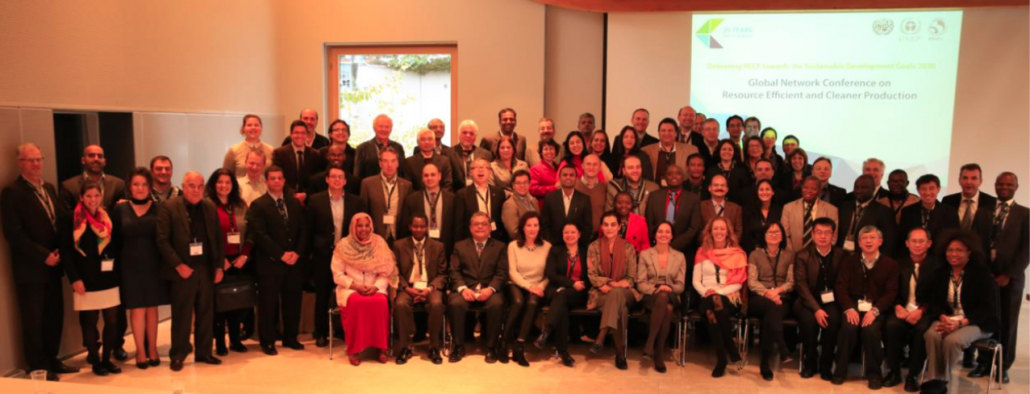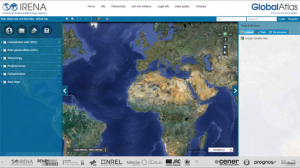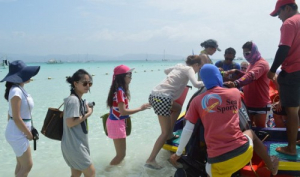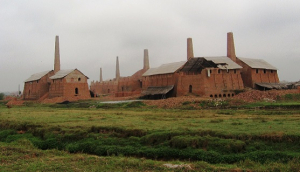Davos Declaration on the Promotion of Resource Efficient and Cleaner Production (RECP) in Developing and Transition Countries Adopted
Davos, 12-16 October 2015 – Participants of the Global Network Conference on Resource Efficient and Cleaner Production, held from 12 to 16 October 2015, and organized by the United Nations Industrial Development Organization (UNIDO), in cooperation with the United Nations Environment Programme (UNEP), adopted the Davos Declaration on the Promotion of Resource Efficient and Cleaner Production (RECP) in Developing and Transition Countries.
The declaration calls for the promotion, mainstreaming and scaling up of RECP in support of the 2030 Agenda for Sustainable Development. It furthermore calls for the strengthening of the Global Network for Resource Efficient and Cleaner Production (RECPnet), and encourages government, business, financial institutions, academia and civil society to join with RECPnet in its efforts to advance sustainable development through a rapid and universal uptake of RECP.
The week-long conference showcased 20 years of delivering RECP services to industry around the world and addressed topics including low-carbon production, sound chemicals management, water resources, eco-industrial parks, waste management and gender mainstreaming. In addition to reviewing the current state of RECP, the conference identified emerging thematic areas and potential partnerships amongst development actors at the national, regional and global levels.
The conference attracted around 200 participants from over 60 countries, ranging from senior government officials, leading international RECP practitioners, representatives of development financial institutions, as well as RECP experts from research institutions and academia.
Amongst the conference participants were Janez Potocnik, Co-Chair of the International Resource Panel and Former European Commissioner for the Environment; Mariano Castro, Vice-Minister for Environmental Management, Peru; Bruno Oberle, Director of the Federal Office for the Environment, Switzerland; Rolph Payet, Executive Secretary for the Basel, Rotterdam and Stockholm Conventions; Helge Wendeberg, Director General, Water Management and Resource Conservation, Federal Ministry for the Environment, Nature Conservation, Building and Nuclear Safety, Germany; Jutta Emig, Unit Head, International Chemical Safety and Sustainable Chemistry, Federal Ministry for the Environment, Nature Conservation, Building and Nuclear Safety, Germany; Walker Smith, Director, Office of Global Affairs and Policy, United States Environmental Protection Agency; and Viera Feckova, Program Manager Europe and Central Asia, International Finance Corporation.
The conference also resulted in the approval of an operational strategy for RECPnet in the post- 2015 period.
For more information, please contact:
Ms. Petra Schwager
ndustrial Development Officer
Industrial Resource Efficiency Unit
[email protected]
(Source: recpnet.org)
VNCPC Admin
